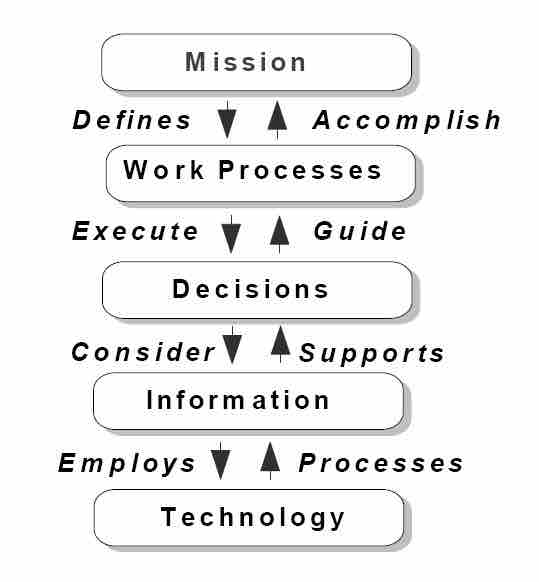Managing change requires strong leadership and an understanding of how organizational change occurs. Leaders are in the unique role of not only designing change initiatives but enacting and communicating them to subordinates. Managing change requires more than simple planning: the significant human element of change resistance needs to be addressed to ensure success.
Leadership Strategies for Change
Successful change management is more likely if leaders:
- Create a definable strategy - Define measurable stakeholder aims, create a business case for their achievement (and keep it continuously updated), monitor assumptions, risks, dependencies, costs, return on investment, and cultural issues affecting the progress of the associated work.
- Communicate effectively - Explain to stakeholders why the change is being undertaken, what the benefits of successful implementation will be, and what how the change is being rolled out.
- Empower employees - Devise an effective education, training, or skills upgrading scheme for the organization.
- Counter resistance - Identify employee issues and align them to the overall strategic direction of the organization. Adapt the change initiative when necessary to mitigate discontentment.
- Support employees - Provide personal counseling (if required) to alleviate any change-related fears.
- Track progress - Monitor the implementation and fine-tuning as required.
These six components of change are the responsibility of management to create and implement.

The reengineering process
Change management is often termed a "re-engineering process." This flowchart shows the reciprocal relationships involved in each step: the mission defines and is accomplished via work processes, which execute and are guided by decisions, which consider and are supported by information, which employs and are processed via technology.
Six Leadership Styles for Change
Conner (1998) identified six distinct leadership styles related to change: anti-change, rational, panacea, bolt-on, integrated, and continuous. Each leadership style "represents a unique set of perceptions, attitudes, and behaviors regarding how organizational disruption should be addressed." Stopper (1999) characterizes each of Conner's leadership styles in this way:
- The anti-change leader - A leader embracing this style seeks to avoid change as much as possible. The message is, "Stay the course. Keep adjustments small. No need to change in any major way."
- The rational leader - This leader focuses on how to constrain and control change with logical planning and clearly defined steps.
- The panacea leader - The panacea leader believes that the way to respond to pressure for change is to communicate and motivate. These leaders understand the resilience to change they are likely to encounter as well as the inevitability of change as organizations evolve. They tend to focus on fostering enthusiasm for change.
- The bolt-on leader - This leader strives to regain control of a changing situation by attaching (bolting on) change management techniques to ad-hoc projects that are created in response to pressure for change. This manager is more concerned about helping others change than creating a strategy for the actual change itself.
- The integrated leader - The integrated leader searches for ways to use the structure and discipline of what Harding and Rouse (2007) called "human due diligence" (the leadership practice of understanding the culture of an organization and the roles, capabilities, and attitudes of its people) as individual change projects are created and implemented. The concept is simply to combine, or integrate, human and cultural concerns with the strategy itself.
- The continuous leader - The continuous leader works to create an agile and quick-responding organization that can quickly anticipate threats and seize opportunities as change initiatives are designed and implemented. Continuous leaders believe that to disruption is continuous, and adaptability a necessary organizational competency.
Conner says that these six leadership styles are related to two different types of organizational change: first-order change and second-order change. First-order change is incremental, piecemeal change. According to Conner, second-order change is "nonlinear in nature and reflects movement that is fundamentally different from anything seen before within the existing framework."
Conner identifies the first four leadership styles as appropriate for managing first-order change. When an organization is engaging in discontinuous, transformational change, however, integrated and continuous leadership styles are more appropriate .